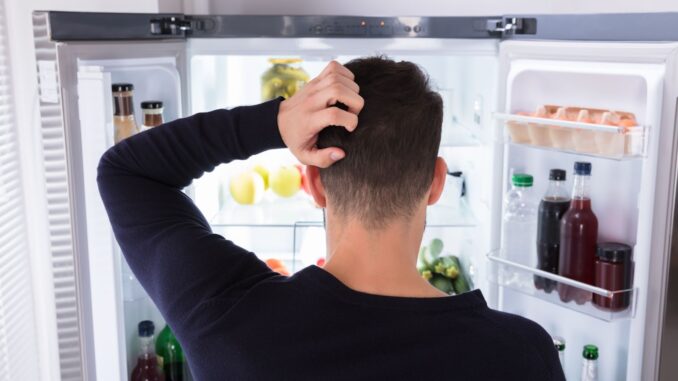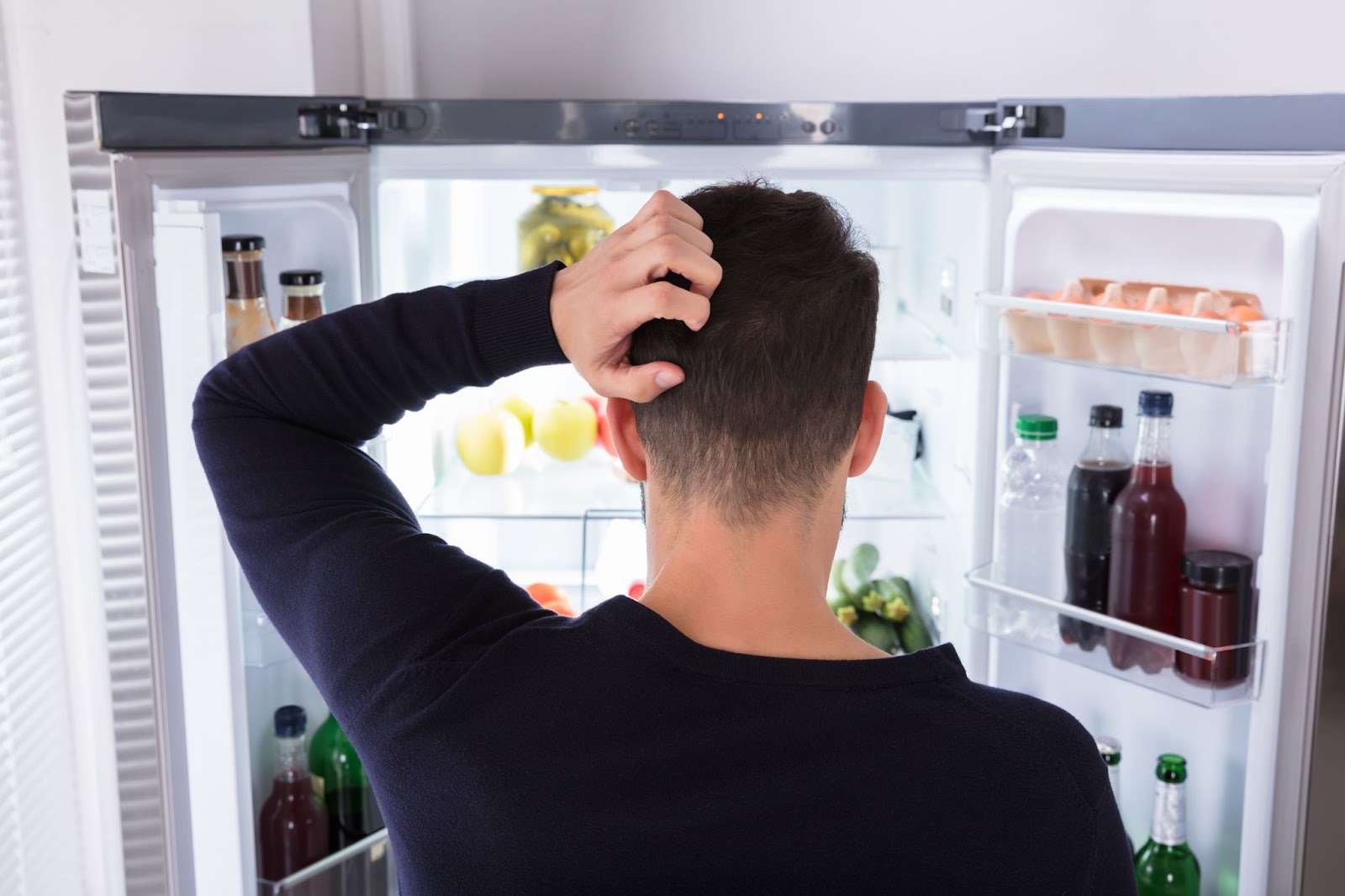
They tested 5 ways to take vitamin D and this one is best
Unsubscribe | Report as spam | Change email preferences
Best way to take vitamin D
Vitamin D is one of the most important nutrients. It’s essential for immunity, bone health, hormonal balance, cardiovascular health and so much more.
It’s best to get vitamin D from sunlight exposure – but for most people this is not possible all year round – and some sort of vitamin D supplementation is a good idea in the winter months.
Two questions arise – how much to take – and how to take it.
Most people need around 5000 IU/day of vitamin D in winter. But you do need to test your vitamin D levels after taking the supplement for a few months to make sure you’re on the right dose.
The other question has been answered by a recent human study. It indicates that taking vitamin D with some milk is probably the best way to do it.
The human research was published in Endocrine Abstracts.
“Introduction: Vitamin D insufficiency is a global health problem.”
These authors were interested in optimizing food fortification – they wanted to know which foods should vitamin D be added to in order to maximally boost vitamin D levels within the general population.
“Vitamin D food fortification might be the solution, but knowledge is sparse on whether fortification of various food items affects the bioavailability differently.”
Vitamin D is a fat-soluble vitamin and fat-soluble vitamins are generally absorbed better when people take a meal containing 10 g of fat or more. Fat helps to pull the fat-soluble nutrients across the gut barrier.
“It is generally assumed that ingesting vitamin D with a fatty meal improves the bioavailability of vitamin D.”
The researchers were also interested in a potential effect of whey protein isolate – protein taken from milk.
“Furthermore, complex formation with whey protein isolate may enhance the stability of vitamin D and thereby improve bioavailability.”
So, they carried out an experiment using a number of different foods as delivery vehicles for vitamin D.
“In a randomised, multiple (5-periods), crossover trial, we enrolled 30 postmenopausal women with vitamin D insufficiency aged 60-80 years.”
The researchers looked to see any differences in blood levels of vitamin D after the participants had consumed the vitamin with a number of different drinks.
“We measured any changes in blood levels of vitamin immediate changes in plasma concentrations of vitamin D3 in response to intake of different food matrices with 200 µg D3 added.”
Vitamin D was added to:
1) 18 oz of water,
2) 18 oz of milk,
3) 18 oz of juice,
4) 18 oz of juice with D3 complex-bound to whey protein isolate, and
5) 18 oz of water without D3 (placebo).
“The different food matrices were provided in a randomized order with at least ten days washout period in-between study days.”
The researchers looked at the blood levels of vitamin D for a 24-hour period after the experimental drinks were consumed.
“On each study day, blood samples were collected at 0 h, 2 h, 4 h, 6 h, 8 h, 10 h, 12 h and 24 h.”
They found no benefit on vitamin D levels from whey protein isolate.
“Complexing D3 with whey protein isolate in apple juice did not enhance maximum concentration of serum D3 compared to juice without whey protein isolate.”
They did find that milk or water maximized the absorption and blood levels of vitamin D.
“However, compared to juice, maximum concentration of serum D3 was significantly higher in response to intake of milk and water with D3 added.”
Both milk and (surprisingly) water are good solutions for supplying vitamin D.
“No difference in serum D3 was observed between milk and water.”
Milk naturally contains some vitamin D – and there are other nutrients like calcium which work in tandem with vitamin D to optimize your health – this means that consuming vitamin D with a glass of milk is probably the best way to do it.
“The bioavailability of D3 was superior in water and milk compared to juice.”
You should always consult your healthcare practitioner for guidance on medical diagnosis and treatment.
—-Important Message—-
Why men should be eating pizza, pasta and ice cream
I’ve discovered certain delicious foods that most men are told to avoid…
…foods like pizza, pasta, and ice cream…
And these foods are actually so important in keeping the body’s vitamin and nutrient levels in the perfect golden ratio.
Without these foods — men’s vitamin D levels will fall…
Calcium will get too high and start leaking into the bloodstream, causing blockages…
And even worse, deadly toxic parathyroid hormone levels will rise…
…poisoning the gut, the heart, the kidneys, and even the penis!
So men must keep eating certain foods — foods that they’re often told to stay away from — if they want to keep toxic parathyroid hormone at bay…
…and keep their vitamins and nutrients in the perfect golden ratio for excellent health and rockiness.
So here are the foods you should be eating to get the golden ratio (and they’re super delicious!)
———-




